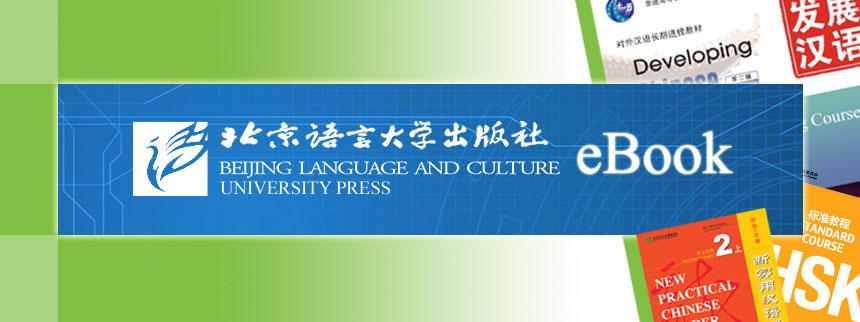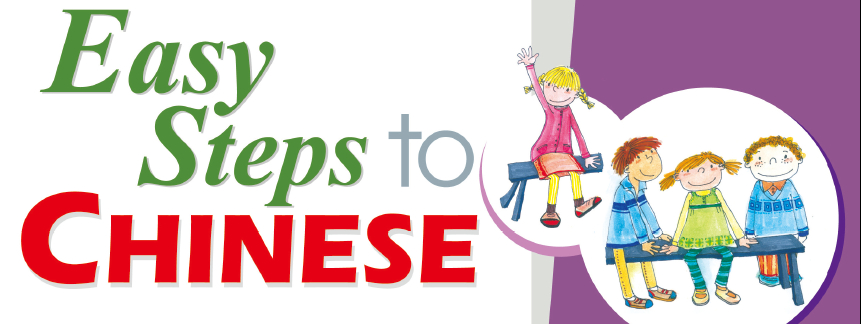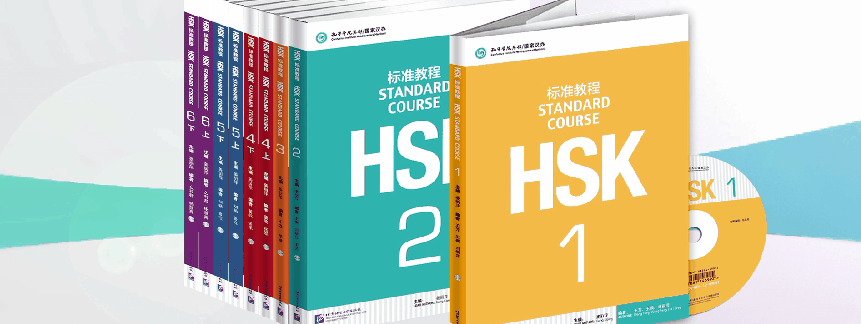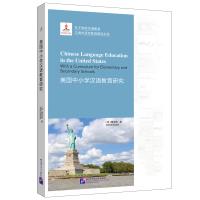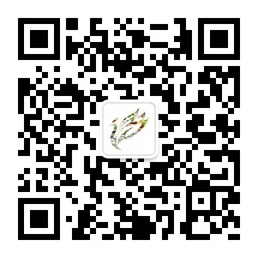Online Bookstore
Chinese Language Education in the United States: With a Curriculum for Elementary and Secondary Schools
Author:Janice Dowd
- Medium:Books
- ISBN: 9787561955987
- Page Count: 230
- Size:
- Pub Date:2020-04
- The book weight: 361 g
- Annotation Language:
- Course:Non-textbook
- Target Audience(Age):
- Target Audience(Language):
- Price:
-
Category: Academic Research

